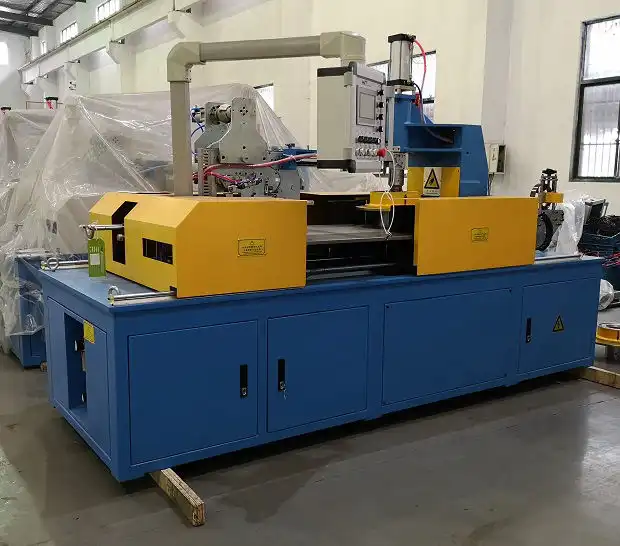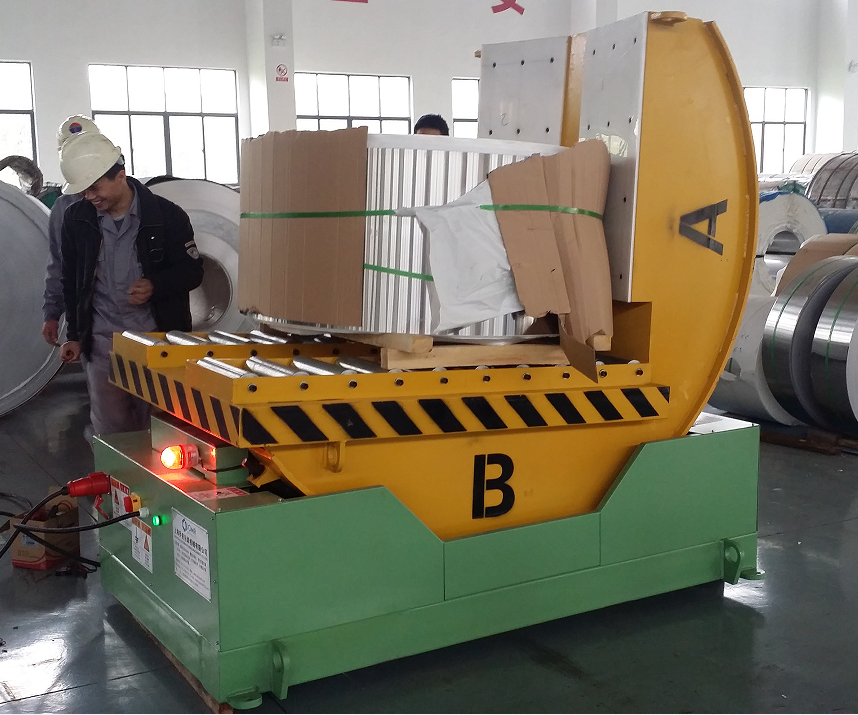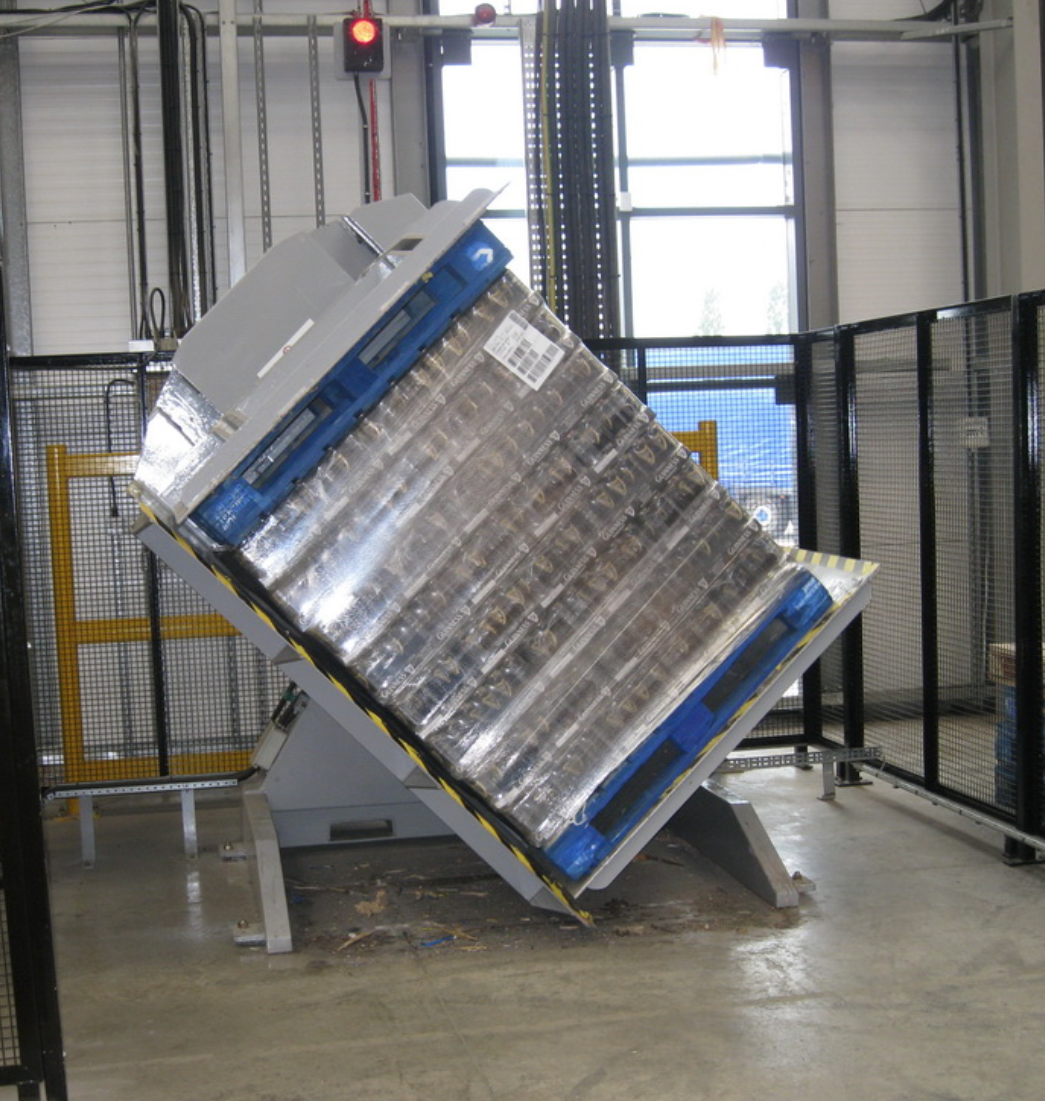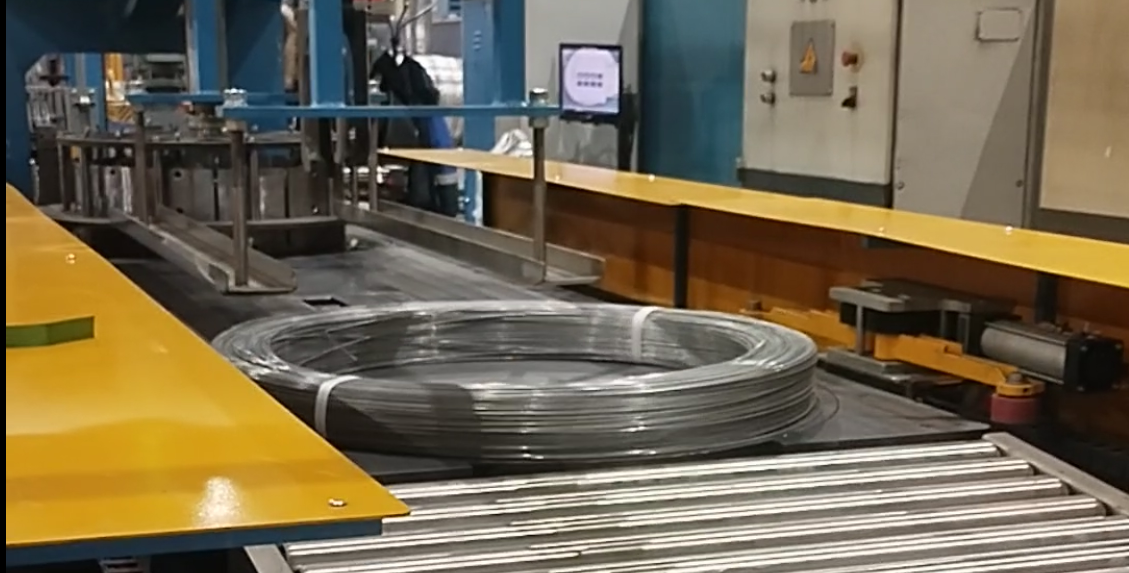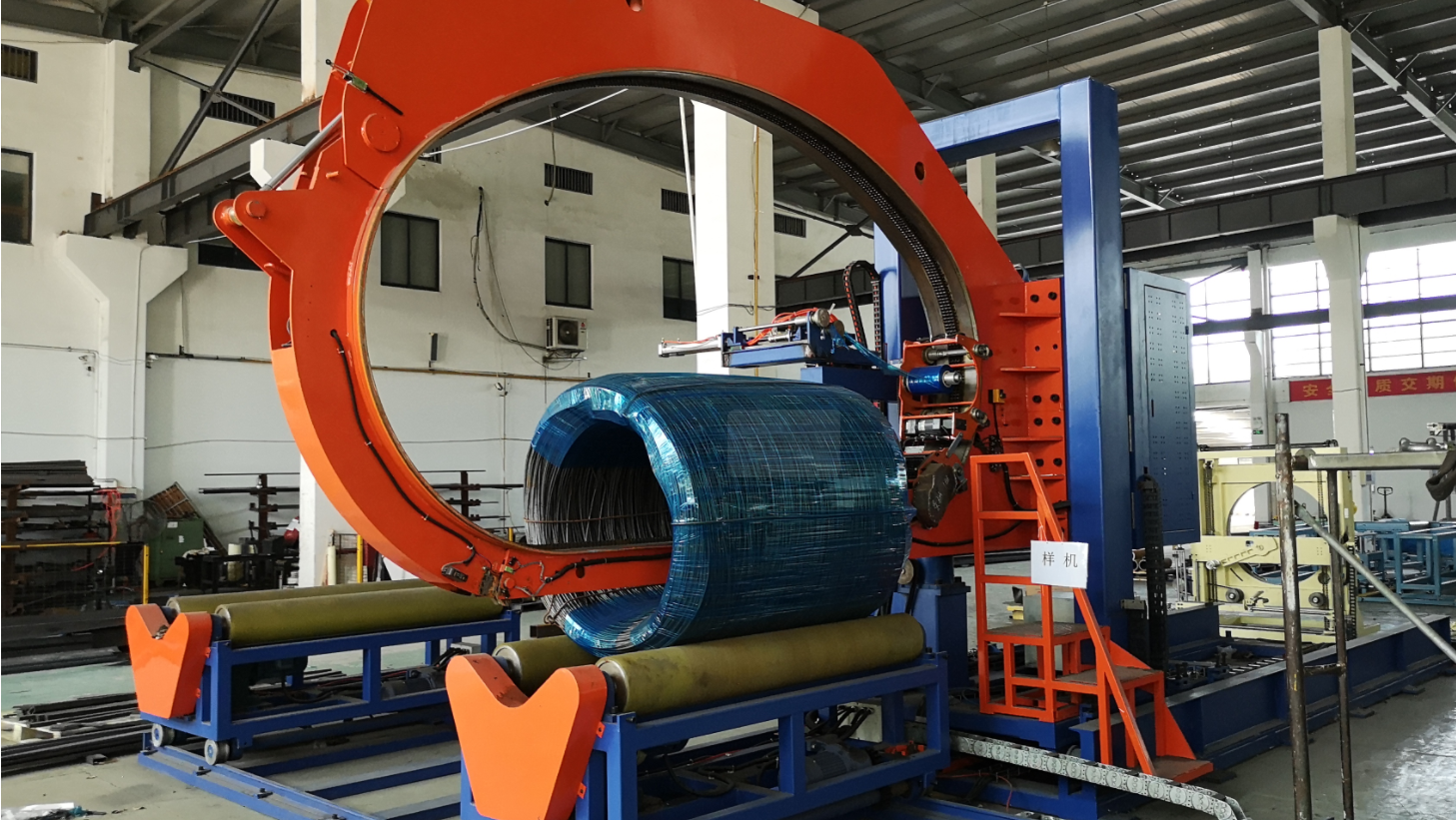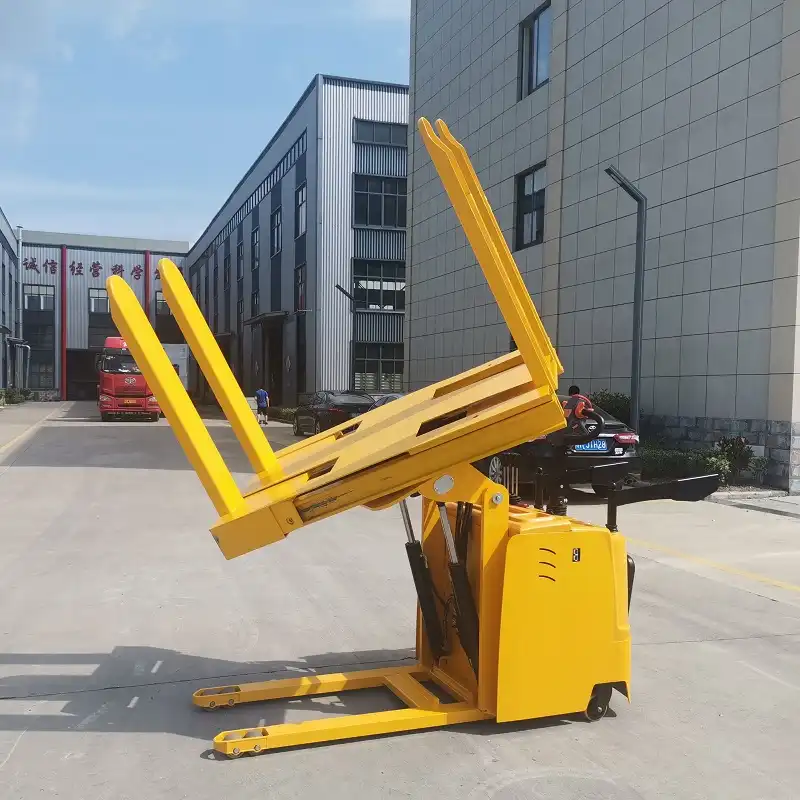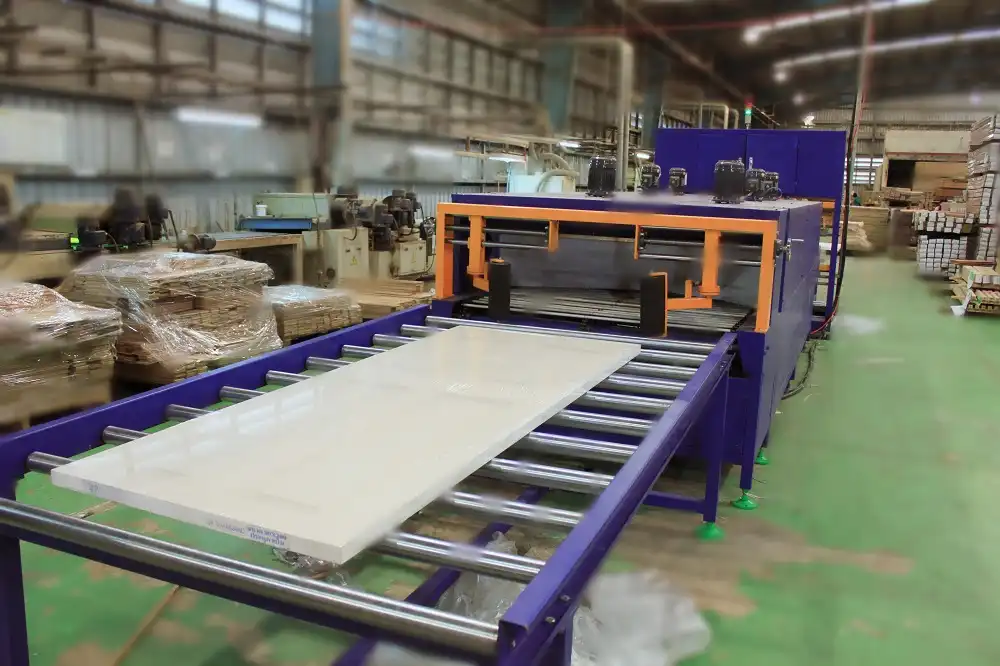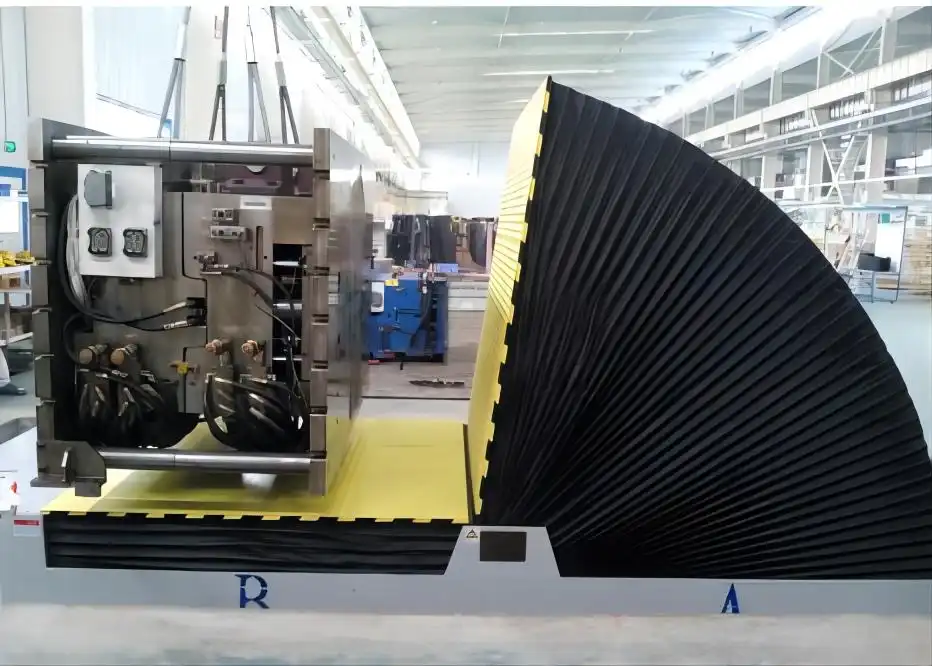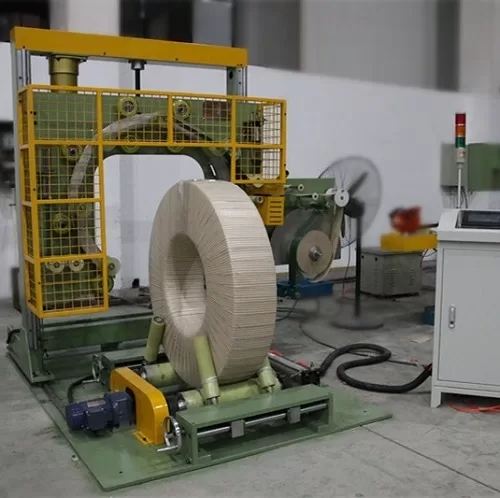Steel wire packing, while robust, is still susceptible to various damage types that can compromise its integrity and lead to costly failures. Understanding these damages is crucial for ensuring the safety and longevity of your packing process, including abrasion, corrosion, breaking, bending, and reduced efficiency. Let’s delve into the common damage types that affect steel wire packing and explore ways to mitigate them.
Understanding Steel Wire Packing
Steel wire packing, often used in the form of wire ropes or coils, plays a critical role in various industries. From securing heavy loads for transport to containing coils of metal, its strength and flexibility are essential. However, various factors can compromise these properties, leading to damage. Regular inspection and preventative maintenance are key to maximizing the lifespan and safety of steel wire packing.
Common Damage Types in Steel Wire Packing
Here’s a breakdown of the common damage types affecting steel wire packing:
1. Abrasion
Abrasion occurs when the surface of the steel wire packing experiences repeated friction against other objects or surfaces. This is a common issue, especially when the packing material is in direct contact with rough or sharp materials.
- Causes:
- Dragging steel wire packing over abrasive surfaces like metal, stone, wood, or soil.
- Repeated contact with sharp edges or poorly designed guides.
- Lack of lubrication, increasing friction between wires and external objects.
- Prevention:
- Use protectors to prevent direct friction between the wire rope and sharp surfaces.
- Regular inspections to identify and replace worn wire, reducing further abrasion.
- Proper lubrication practices to minimize direct contact between the wire and surrounding surfaces, which reduces friction and wear.
2. Corrosion

Corrosion is the deterioration of the steel due to chemical reactions with its environment. Moisture, salt, and corrosive gasses can all contribute to corrosion, weakening the steel and leading to eventual failure.
- Causes:
- Exposure to moisture, particularly in marine environments or humid conditions.
- Contact with corrosive substances such as acids, salts, or industrial chemicals.
- Damage to protective coatings like galvanization, allowing corrosive agents to reach the base metal.
- Prevention:
- Applying protective layers such as galvanized wire or special corrosion-resistant coatings.
- Storing steel wire packing in dry environments, protected from moisture and water.
- Regularly lubricating the packing to create a barrier against moisture and corrosive elements.
3. Breaking
Breaking refers to the rupture of the steel wires within the packing material. This is often a result of exceeding the load capacity, but can also stem from other underlying damage.
- Causes:
- Excessive loads that exceed the safe working load limit of the steel wire packing. As stated by industry professionals, overloading systems is a very common cause of breaks.
- Localized stress concentrations due to knots, kinks, or improper handling.
- Pre-existing damage such as corrosion or fatigue, weakening the wires and making them more susceptible to breakage.
- Prevention:
- Using steel wire packing that matches the maximum load specified for the application.

* Avoiding sharp bends or excessive swelling around drums or pulleys with too small a radius, which can cause wire fiber breakage.
* Regular inspections to identify and address underlying issues like corrosion or fatigue before they lead to breaks.4. Bending
Bending occurs when the steel wire packing is subjected to excessive curvature, leading to stress and potential deformation of the wires.
- Causes:
- Bending the wire around drums, pulleys, or sheaves with radii that are too small for the wire rope diameter.
- Extreme or inappropriate angles of deviation, producing unequal pressure.
- Improper reeling or unreeling, which can induce sharp bends and kinks.
- Prevention:
- Using drums, pulleys, or sheaves that match the diameter of the wire rope to guarantee a safe bending radius.
- Ensuring the correct angle of deviation according to the wire rope manufacturer’s directives.
- Adopting proper handling techniques for reeling and unreeling to prevent sharp bends.
5. Reduced Efficiency
Reduced efficiency encompasses a gradual decline in the performance and capacity of the steel wire packing over time, it indicates the overall long-term wear and tear.
- Causes:
- Continuous and intensive use, which degrades the strength and capacity of the wires.
- Exposure to high temperatures, weakening the steel wire material, specifically in high-heat applications.

* Poor maintenance leading to damage, which ultimately reduces the wire packing capacity.- Prevention:
- Replacing or repairing damaged wire ropes immediately to maintain safety and optimum performance. Experts recommend that routine maintenance and due diligence are performed, which helps improve wire ropes life expectancy.
- Regularly inspecting and maintaining the wire rope to identify signs of reduced capacity or damage.
- Selecting a wire rope that is suitable for the load and environment of its use, to avoid unwanted damage and prolong its lifespan.
Assessing Wire Rope Damage Types
Effectively preventing damage to steel wire packing requires a proactive approach to assessment. This involves implementing regular inspection routines, understanding key indicators of wear and tear, and leveraging appropriate testing methods.
Key Assessment Steps
- Visual Inspection: Conduct a visual inspection of the wire; look for apparent signs of damage such as broken wires, corrosion, distortion, or wear. Note any changes in the rope’s diameter to check its status over time.
- Tactile Examination: Lightly holding the rope, use a cotton cloth or rag to feel along the wire for any broken wires that stick out or snag.
- Diameter Measurement: Measure the diameter of the rope to compare over time. Dimishing measurments can signal damage to the internal or external wires.
- Internal Inspection: Inserting a marlin spike beneath two strands and rotating makes it possible to check for any corrosion, pitting, abrasions, or build-up of old lubricant along the rope.
- Daily and Periodic Inspections: Consistent inspection is the key . The best rule of thumb is to have the same person inspecting your wire ropes. In addition, they should be trained by the manufacturer.
Common Failure Indicators
- Broken Wires: If there are six or more broken wires in one lay or three or more broken wires in one strand across one lay length, the wire packing must be replaced.
- Rope Deterioration: When a wire rope experiences the deterioration of up to 1/3 of the original diameter, it signifies it is compromised.
- Shape Distortion: The wire rope is in danger if it takes the shape of a distortion.

- Heat Damage: When heat damage is evident on the rope surface, it can affect its capability.
- Rope Stretch: It’s important to retire cords that have experienced excessive stretch.
- Presence of Rope Damage: If knots, kinks, or splices damage the integrity of the wire, it needs to be addressed immediately.
Enhancing Wire Rope Pack Longevity
To extend the life of wire ropes, it is recommended that regular inspection, wire rope cleaning with a wire rope cleaner ,and regreasing are implemented. Viper’s MKII lubrication systems make it so that the wire ropes are in good health with penetrative lubrication.
Data Table Presenting Causes, Indications, and Preventative Measures of Wire Rope Damage
Damage Type Causes Indications Preventative Measures Abrasion Friction against rough surfaces Scratches, worn wires Use protectors, regular lubrication, inspect and resplace worn wires. Corrosion Exposure to moisture or chemicals Rust, pitting Apply protective layers, store in dry environments. Breaking Overloading, stress concentrations Ruptured wires Use appropriate load limits, avoid stress, address underlying issues. Bending Excessive curvature Deformed wires, kinks Appropriate diameter match, correct deviation, proper reeling. Reduced Intensive use, heat, maintenance Loss of strength, damaged wires Timely repairs, regular inspection. Conclusion
Recognizing the common damage types in steel wire packing, such as abrasion, corrosion, breaking, bending, and reduced efficiency, is essential for maintaining safe and effective operations. Implementing preventative measures, like regular lubrication and inspections, can significantly extend the lifespan and reliability of your steel wire packing. Companies like Fhopepack offer solutions, including coil packing machines, that help protect your steel coils from damage during storage and transportation. For more information, visit their website: https://www.fhopepack.com/Coil_packing_machine.html.


